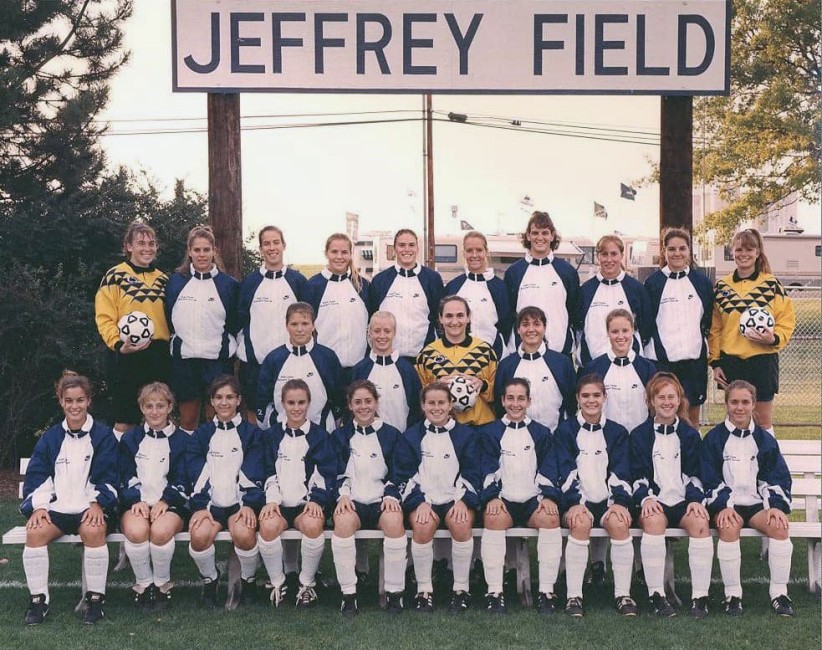A New Era
The first Penn State varsity women’s soccer team laid the groundwork for what became the best program in the Big Ten.

The first Penn State varsity women’s soccer team laid the groundwork for what became the best program in the Big Ten.
